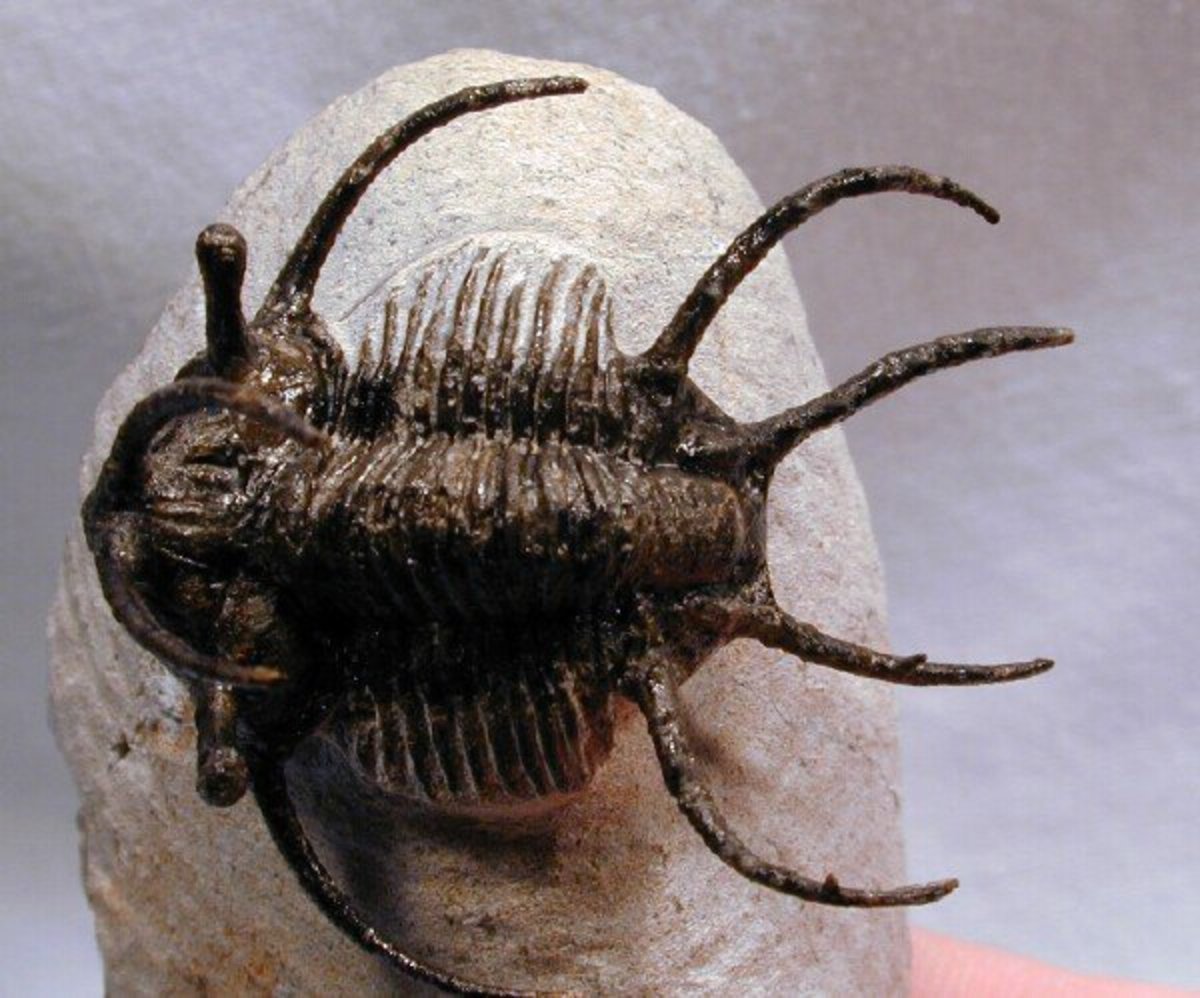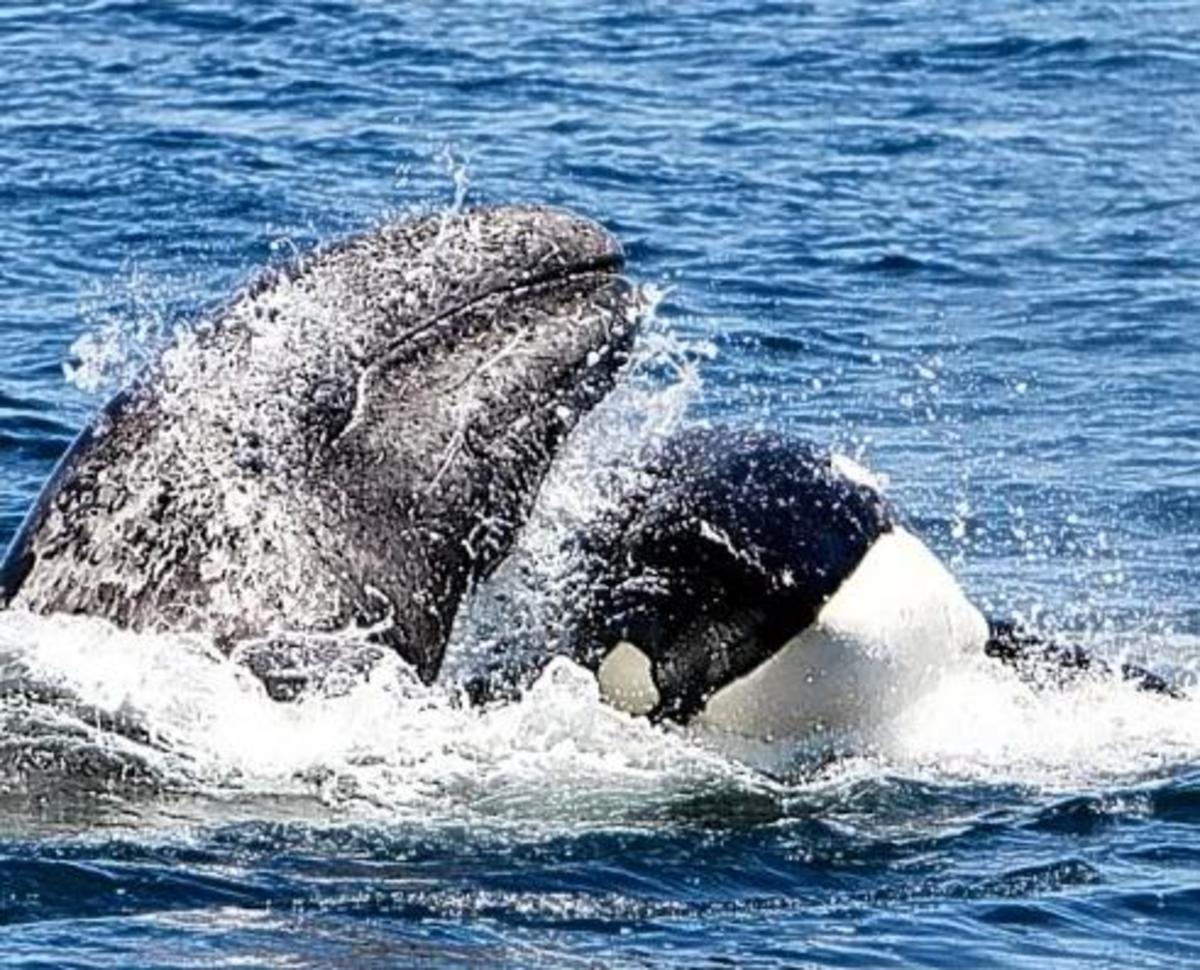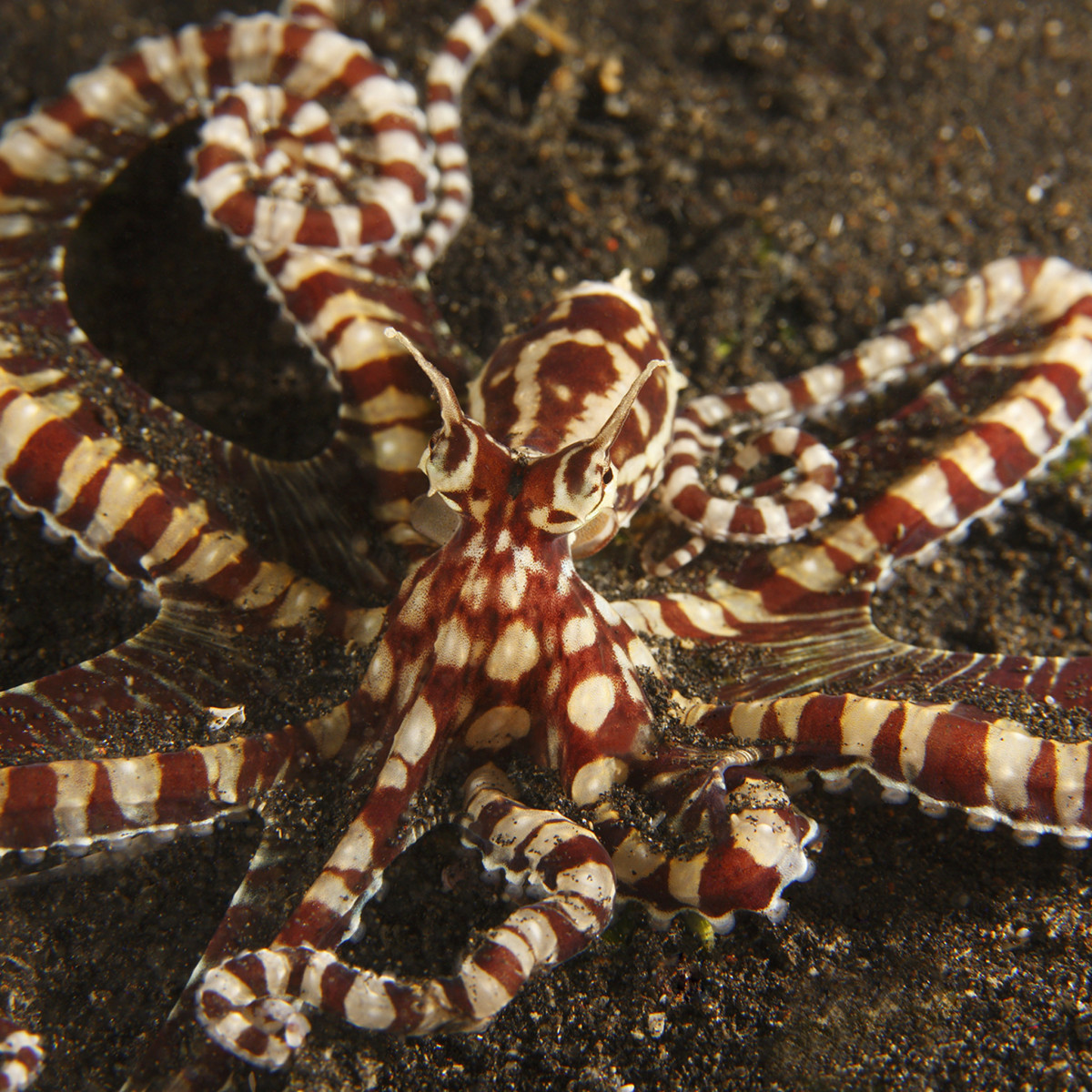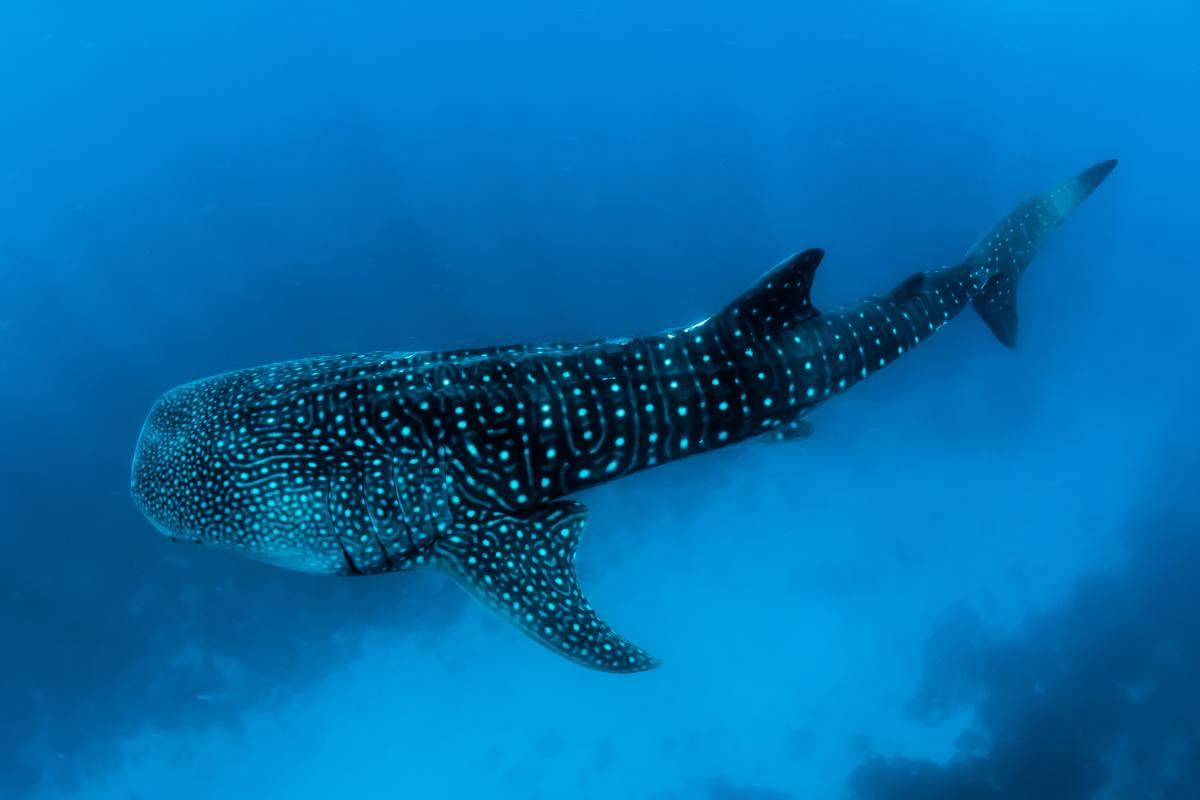- HubPages»
- Education and Science»
- Life Sciences»
- Marine Biology»
- Marine Life
Yeti Lobster
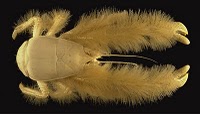
The yeti crab (scientific name: Kiwa Hirsuta) is a strange sea animal first discovered in the South Pacific Ocean. It is also known as "yeti lobster" and "furry lobster". It's a recently discovered species with very few specimens ever examined. As a result, we still don't know much about it.
The discovery
This weird animal was discovered in March 2005 by a marine biologist team that was organized by Robert Vrijenhoek of the Monterey Bay Aquarium Research Institute, Michel Segonzac of the Ifremer and other scientists from the Census of Marine Life.
During their expedition, the researchers used the DSV Alvin submarine. The yeti lobster was discovered along the Pacific-Antarctic Ridge, 1,500 km south of Easter Island at a depth of about 2,200m living on hydrothermal vents. The scientists found out that the yeti crab didn't belong to a known family and as a result they formed a new one, the Kiwaidaea. The species discovery was announced on 7 March 2006.
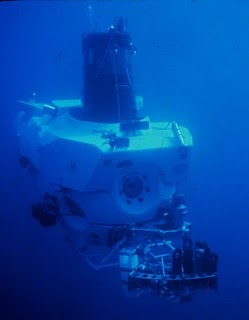
Kiwa hirsuta Description
The yeti crab has pincers that are covered with sinuous, hair-like strands, reminiscent of fur. Individuals have been found on several Pacific deep sea hydrothermal vents, that spew out fluids which are toxic and deadly to most animals.
Adults have an average length of 15 cm (~6 inches).
It has small eyes that lack pigment, and is believed to be totally blind. Not that it matters much, as there is virtually no light at the great depths it inhabits (2.000m or more).
The video below is perhaps the only showing this strange species.
Kiwa Hirsuta Diet
Researchers still don't know what the Yeti Lobster eats. However, it is believed that similarly to the other known vent decapod crustaceans, it is omnivorous. Individuals have been observed to eat tissues of mussels damaged by submersible sampling activities.
Related Links
If you enjoyed reading about the Yeti Lobster then you will surely enjoy my Strange Sea Creatures and my Strange Animals hubs. Check them out ! And of course don't forget to rate and comment..
References
- http://www.strangeanimals.info/2010/12/Yeti-lobster.html
- E. Macpherson, W. Jones & M. Segonzac (2006). A new squat lobster family of Galatheoidea (Crustacea, Decapoda, Anomura) from the hydrothermal vents of the Pacific-Antarctic Ridge Zoosystema



